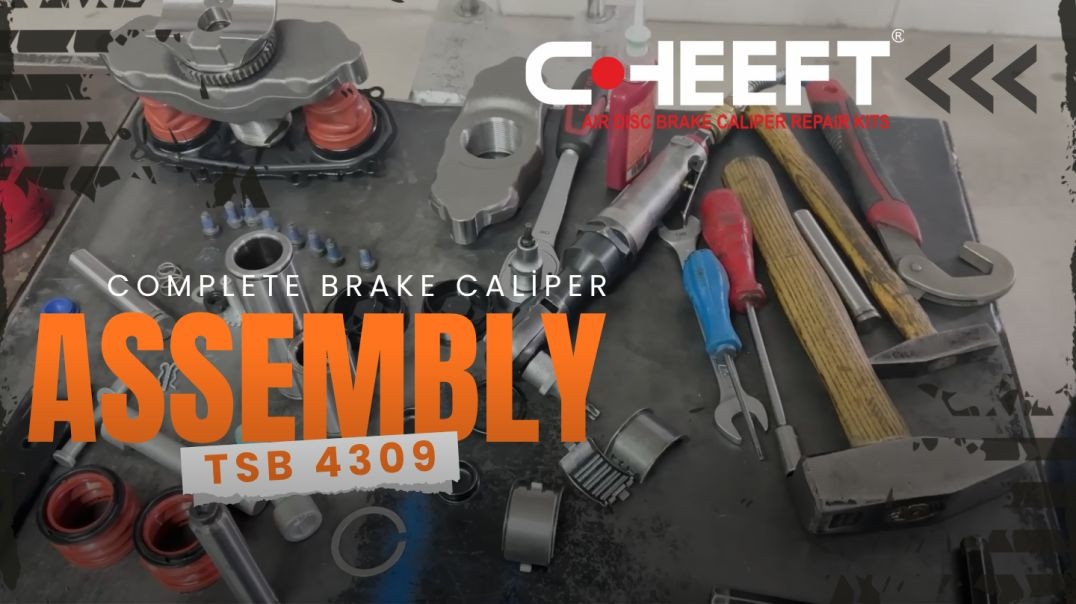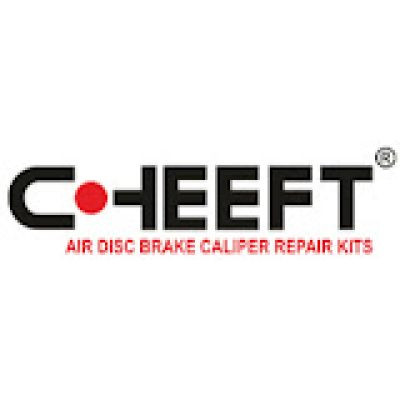B.W


Bushing Installation Tool: https://www.cheeft.com/tr/prod....ucts/meritor/meritor
For More Products: https://www.cheeft.com/tr
In this detailed training video, we demonstrate the professional overhaul and complete assembly process for the BPW TSB 4309-228 brake caliper, step-by-step. From disassembly, cleaning, and parts quality control to reassembly and final testing, every phase is explained to serve as a comprehensive resource for service centers and maintenance teams.
Discover the most critical "key points" in this video that impact the long-term performance of this caliper model.
Key Topics and Critical Points Highlighted in the Video:
Parts Quality Control:
Lever & Bridge: Must be forging, not cast.
Roller Bearing: Hardness must be over 45-50 Rockwell.
Bushings: Must be bronze material, not brass.
Rubber Boots: Must have heating protection to prevent melting and water ingress.
Critical Assembly Steps:
!!! THE MOST IMPORTANT STEP (Mechanism): After placing the mechanism in the housing, DO NOT LIFT IT UP. Lifting it will displace the roller bearing, causing the caliper to fail within 1-3 months.
Roller Bearing Positioning: The bearing must be pressed into the lever perfectly flat and centered (using a hammer and screwdriver to align if needed).
Lever Position: Ensure the lever's "nail" is correctly seated in its hole; incorrect positioning will cause the caliper to never work properly.
Bolt Security (Loctite):
Blue glue (Loctite) must be used on all bolts (especially mechanism and guide pins).
Bolts loosening from vibration can cause the carrier to stick, misalign the brake chamber, and lead to catastrophic damage.
Tightening Sequence: Always use a cross pattern when tightening the mechanism bolts.
Testing and Adjustments:
Mechanism Turn Count: Must be 3.25 (three and a quarter) turns, matching the original.
Lever Test: The lever must not stick when released slowly (sticking causes heating).
Final Adjustment: A 45-degree flexibility gap must be left in the adjuster at the end.
Brake Chamber Warning: If the brake chamber pin is too long, it will cause a constant heating problem.


